With the intensification of population aging, rehabilitation robots have become a hot topic in the medical field. Rehabilitation robots are robotic devices that assist and promote patient rehabilitation. They utilize advanced technology and algorithms to help patients with exercise training and rehabilitation therapy, improving the effectiveness of rehabilitation.
There are various types of rehabilitation robots, including upper limb rehabilitation robots, lower limb rehabilitation robots, and full-body rehabilitation robots, among others. These robots can provide personalized rehabilitation programs based on the specific conditions of patients. They can monitor the movements and postures of patients in real-time through sensors and cameras, correct incorrect movements promptly, and provide real-time feedback. This personalized rehabilitation program and real-time feedback can help patients to better engage in exercise training and accelerate the rehabilitation process.
Rehabilitation robots can also provide precise force and torque control to assist patients with strength training and muscle recovery. They can adjust the magnitude of force and torque according to the rehabilitation needs of patients, ensuring the safety and effectiveness of rehabilitation training. Additionally, rehabilitation robots can record patients' rehabilitation data, providing reference for doctors to evaluate the effectiveness of rehabilitation and adjust treatment plans.
The emergence of rehabilitation robots not only improves the effectiveness of rehabilitation treatment but also reduces the burden on medical staff. Traditional rehabilitation treatment requires healthcare professionals to provide guidance and supervision in person, consuming a significant amount of manpower and time. Rehabilitation robots can replace some manual operations, reducing the waste of human resources. Healthcare professionals can focus more on analyzing patients' conditions and formulating treatment plans, improving work efficiency.
However, rehabilitation robots also face some challenges. Firstly, rehabilitation robots need to have a high level of safety and reliability. They need to accurately perceive patients' movements and postures and respond accordingly. Secondly, rehabilitation robots need to interact and communicate well with patients in order to better understand their needs and conditions. Lastly, rehabilitation robots have a high cost and require investment and training from medical institutions. These challenges require technical and economic support to ensure that rehabilitation robots can play their maximum role.
In conclusion, rehabilitation robots, as an emerging technology, provide patients with more personalized and efficient rehabilitation treatment. Their emergence not only improves the effectiveness of rehabilitation but also reduces the burden on healthcare professionals, bringing new development opportunities to medical institutions. It is believed that with the continuous advancement of technology, rehabilitation robots will play an increasingly important role in the future.
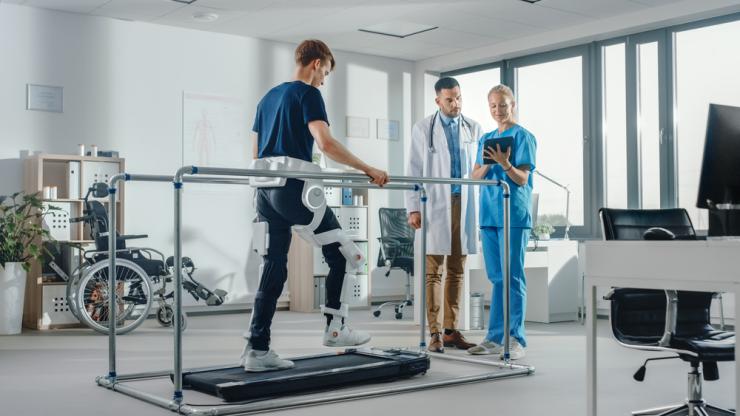
 English
English Deutsch
Deutsch Русский
Русский Español
Español
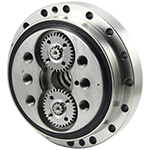
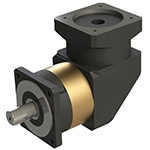
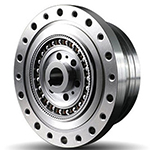
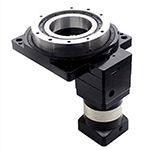
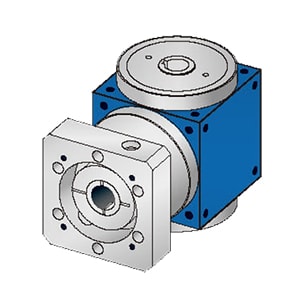
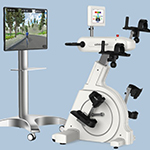

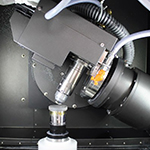
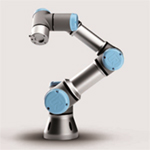
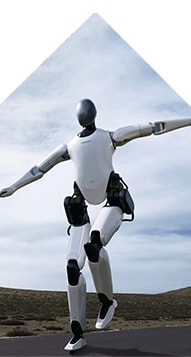
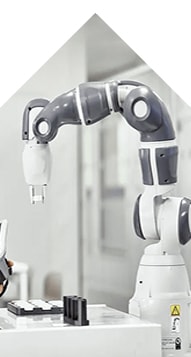
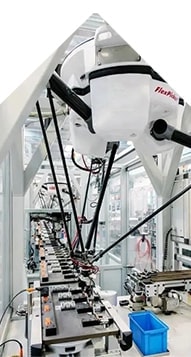
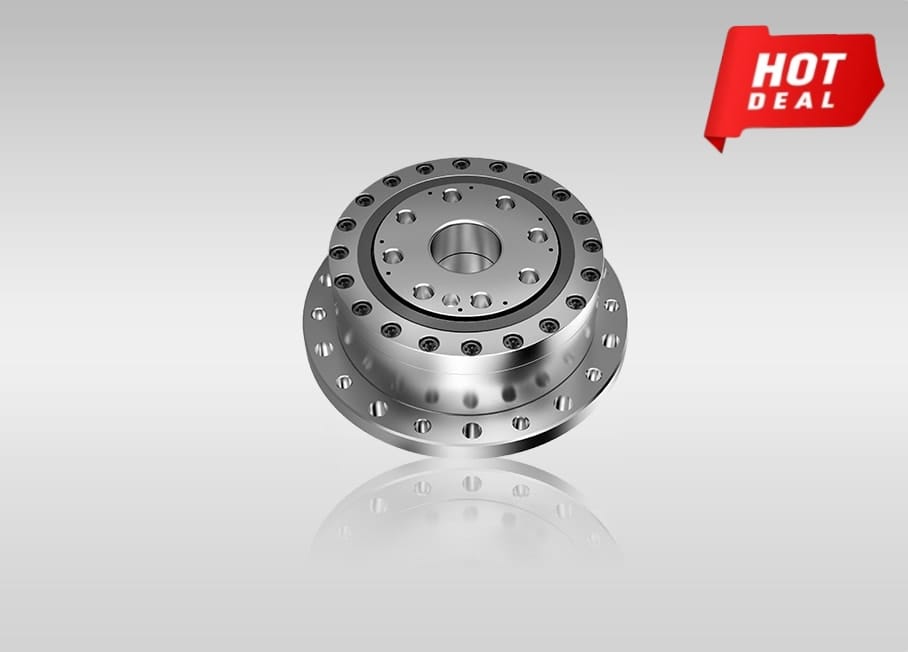
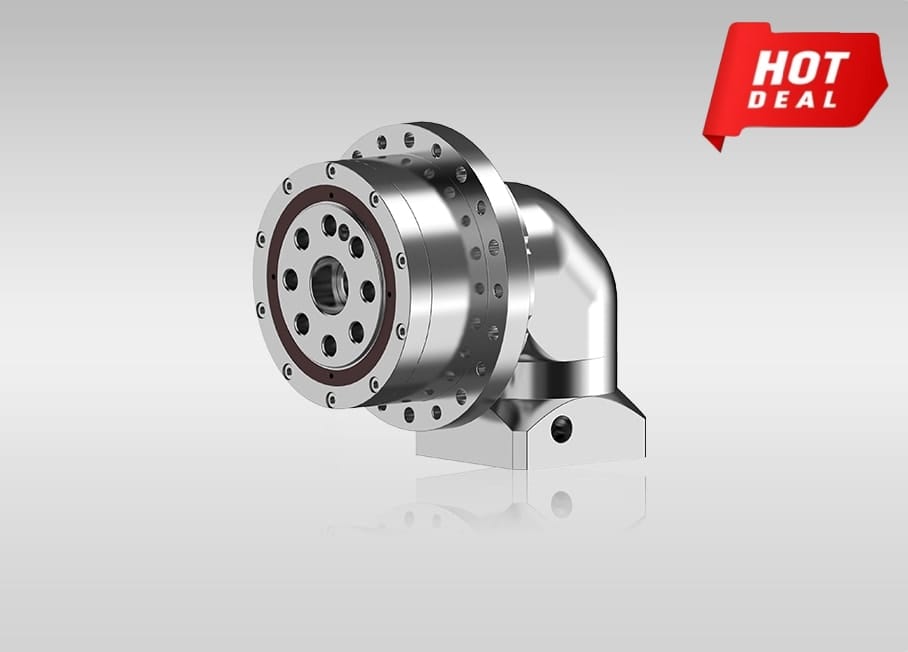
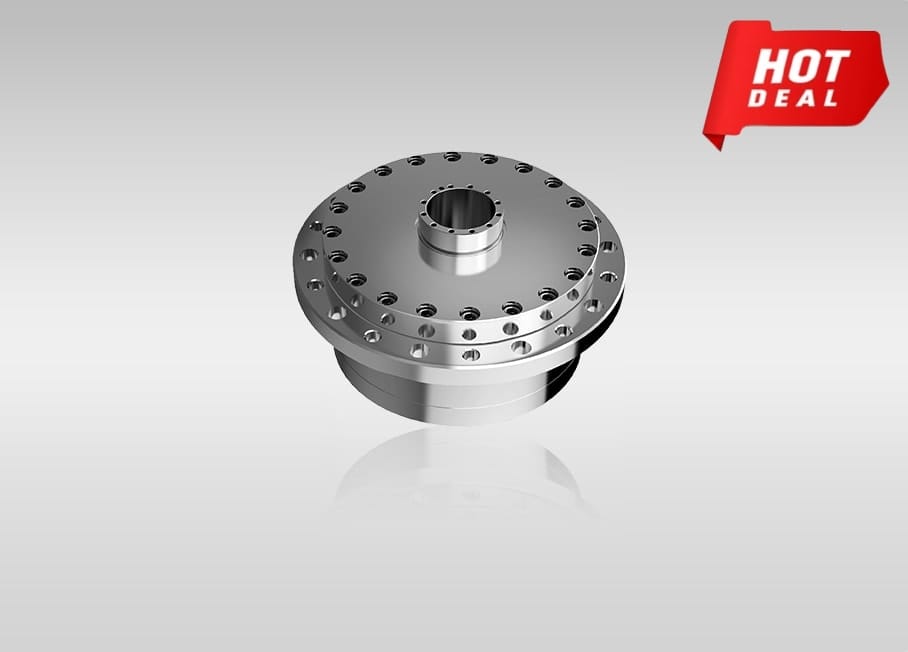
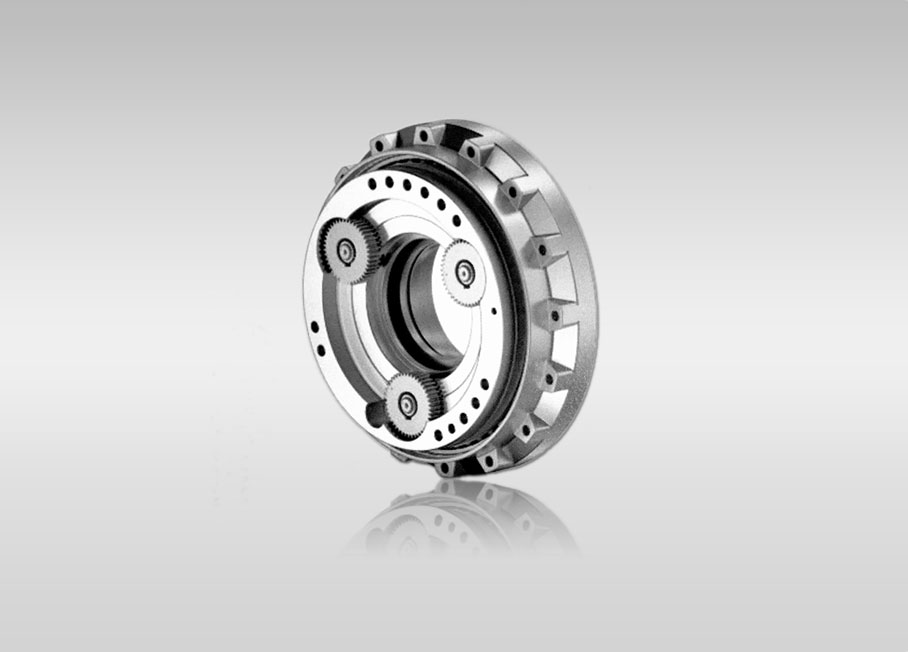
Quote Now